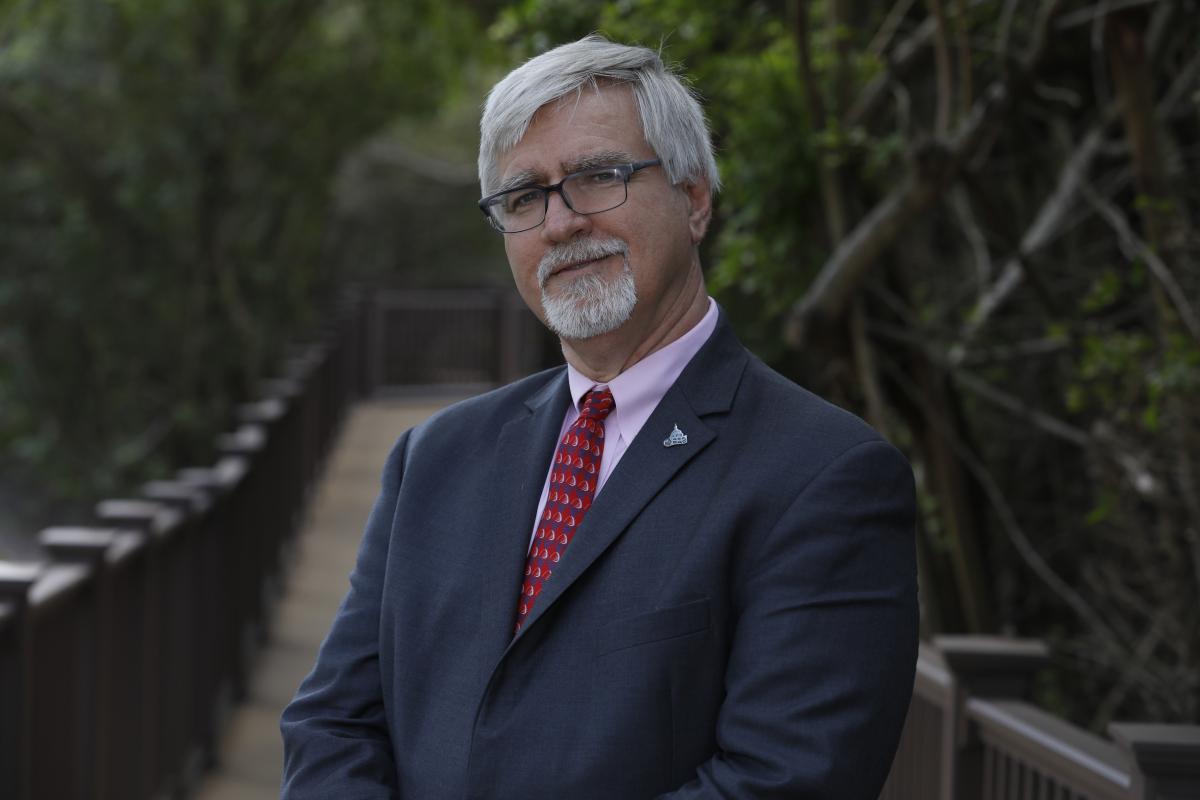So, what did you want to be when you grew up?
 Now, I realize that some of you are still growing up—but I’ve never met ANYONE who said “I wanted to work with retirement plans”—and that includes me.
Now, I realize that some of you are still growing up—but I’ve never met ANYONE who said “I wanted to work with retirement plans”—and that includes me.
Indeed, what we aspire to become in our youth is complex—and often shaped by our experience(s) at the time. And while I am sure there was a period in my youth when I wanted to be a fireman, a cowboy, or maybe even a professional athlete (that one didn’t last long), my earliest memories are of wanting to be an astronaut—an aspiration that came to mind again last week on the anniversary of the Apollo 11 moon landing.
It was a magical time for our nation’s space program. There was a plan, three separate programs (Mercury, Gemini and Apollo) designed with specific mission objectives to help us get there, and a vision—as President John F. Kennedy said in May 1961—of “achieving the goal, before this decade is out, of landing a man on the Moon and returning him safely to the Earth.” There was also a sense of national urgency (the so-called “Space Race” with the Soviets), and, while throughout its life the program was remarkably bereft of injury, the tragedy of the February 1967[i] fire on Apollo 1 that took the lives of astronauts Gus Grissom, Ed White and Roger Chaffee reminded us of the stakes involved.
And then, after years of watching Americans enter space, circle the planet, exit their craft while circling the planet (at unimaginable speeds), and then leave Earth’s orbit to touch the lunar sky, came that one Sunday July evening in 1969. I can still remember the grainy black-and-white images of Neil Armstrong’s “one small step for man” flickering across the screen of my family’s small black-and-white television (replete with its aluminum foil-festooned “rabbit ears”)—the anniversary of which was just last week. It was, as Neil Armstrong is said to have intended to say, “a small step for a man…a giant leap for mankind.”
It doesn’t take much imagination to draw a correlation between the planning for a landing on the moon and a successful arrival in retirement (OK, so maybe it takes a little imagination). Both require a notion of what constitutes a successful “arrival,” an idea of the steps that will be required to get there, the tenacity and ingenuity to deal with the inevitable bumps along the way[ii] (remember the example of Apollo 13)—and the specificity of a date certain to give some structure to those plans.
That said, and as we ponder the accomplishments and planning that helped our nation put astronauts in space and on the moon—and that one day may take us further—it’s worth remembering that our “mission” is not only to get tomorrow’s retirees safely to retirement, to take those “small steps” along the way—but ultimately to position them and their finances to carry them safely through retirement… to a safe landing at their “tranquility base.”
[i] Of course, the January 1986 explosion of the Space Shuttle Challenger reminded us anew and afresh of those dangers.
[ii] Students of history know that one of the contingency plans for the Apollo 11 mission was a presidential statement if those astronauts had crashed (they got pretty low on fuel before landing), or if they hadn’t been able to return to Earth (some engineer actually forgot to put a handle on the outside of the lunar module door—and if they hadn’t noticed that and left the door open while they were on the surface, they might not have been able to get back inside the LEM). Fortunately, those contingencies are now simply interesting historical anecdotes. Still, it’s worth recalling that the ultimate mission was not only to get men to the moon, but to return them safely home.

